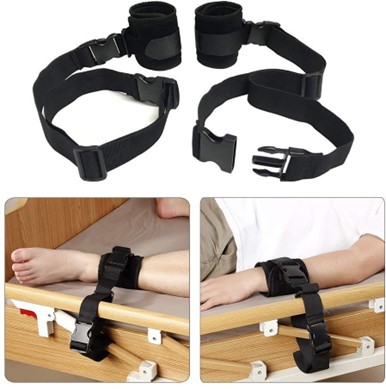A nurse is caring for a client who is nauseated and unable to eat after taking an antibiotic. Identify the steps the nurse should take to address the client's nausea.
(Arrange the steps, placing them in the order of performance. Use all the steps.)
Determine the probability of intervention-related complications.
Review the potential benefits and consequences of each intervention.
Select an intervention that provides the greatest benefit and least risk.
Identify possible nursing interventions that address the client's nausea.
The Correct Answer is D, B, A, C
When caring for a client who is nauseated and unable to eat after taking an antibiotic, the nurse should first identify possible nursing interventions that address the client's nausea. The nurse should then review the potential benefits and consequences of each intervention. The nurse should determine the probability of intervention-related complications. Finally, the nurse should select an intervention that provides the greatest benefit and least risk to the client.
Nursing Test Bank
Naxlex Comprehensive Predictor Exams
Related Questions
Correct Answer is ["A","B","C","D"]
Explanation
When planning care for a client who has a prescription for extremity restraints on both wrists, the nurse should assess the client's skin temperature and color before applying the restraints to ensure that there is no circulation impairment. The nurse should also ensure that the client's bed is in the lowest position to prevent falls. The restraints should be secured to allow three fingers to slide under them to prevent injury and ensure proper circulation. Bony prominences should be padded before applying the restraints to prevent pressure injuries.
Option e is incorrect because attaching the client's restraints to the bed rail can cause injury if the bed rail is moved or adjusted.

Correct Answer is B
Explanation
The correct answer is that the nurse should complete an incident report. An incident report is a formal record of an unexpected event that occurred in a healthcare facility. It is important for the nurse to document the details of the visitor's fall, including the date, time, location and any witnesses. This information can be used to identify and address any safety hazards that may have contributed to the fall.
Options a, c and d are not appropriate actions for the nurse to take in this situation. Administering acetaminophen to the client is not relevant to the visitor's fall. Sending the visitor to the risk management office and documenting the occurrence in the client's medical record are not necessary steps in this situation.
Whether you are a student looking to ace your exams or a practicing nurse seeking to enhance your expertise , our nursing education contents will empower you with the confidence and competence to make a difference in the lives of patients and become a respected leader in the healthcare field.
Visit Naxlex, invest in your future and unlock endless possibilities with our unparalleled nursing education contents today
Report Wrong Answer on the Current Question
Do you disagree with the answer? If yes, what is your expected answer? Explain.
Kindly be descriptive with the issue you are facing.
